We’ve all heard stories about dog owners walking their dogs excessively, leaving their dogs exhausted. And owners will wonder if they walk their dog too much and how often is too little. This is understandable because there is no official document to guide us. Let’s find out more with Fetch about walking the dog and for how long is appropriate.
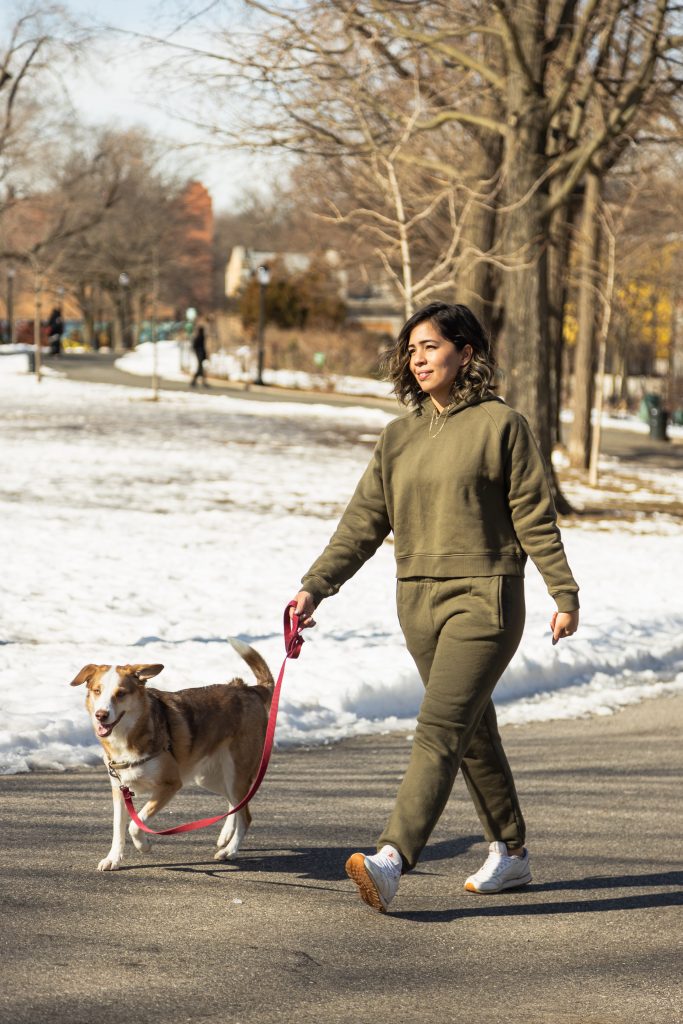
Purpose of walking the dog
For dogs, walking is very important. If the dog does not get proper physical exercise, he will get bored and want to destroy things. Exercise also helps to tone your dog’s muscles and helps his body and metabolic system function properly.
Reduce stress
For humans, exercise is a very good way to reduce stress. Physical activities such as going for a walk or playing catch will help both the owner and the dog reduce stress.
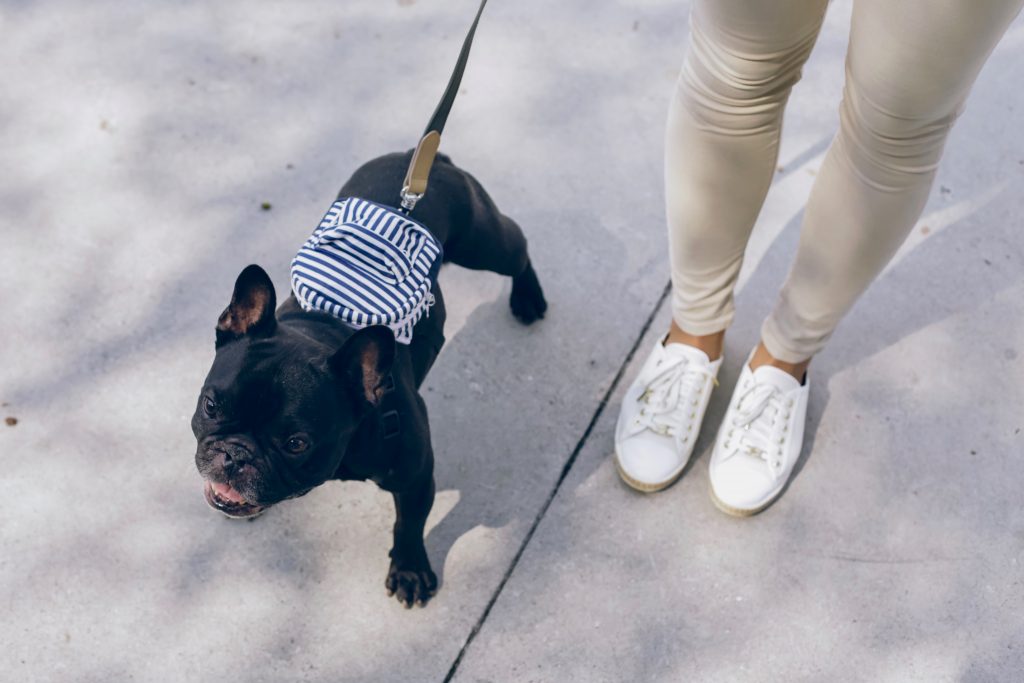
Social contact
Walking the dog is a great opportunity for this 4-legged boy to see and interact with other dogs and people, but also for him to learn appropriate behavior outside.
Why? For just one reason, you’ll have more social situations happening when you’re outside than when you’re at home. Going for a walk is even better for your dog to interact with other dogs because they no longer have pent-up energy due to exercise, so they are more communicative and obedient.
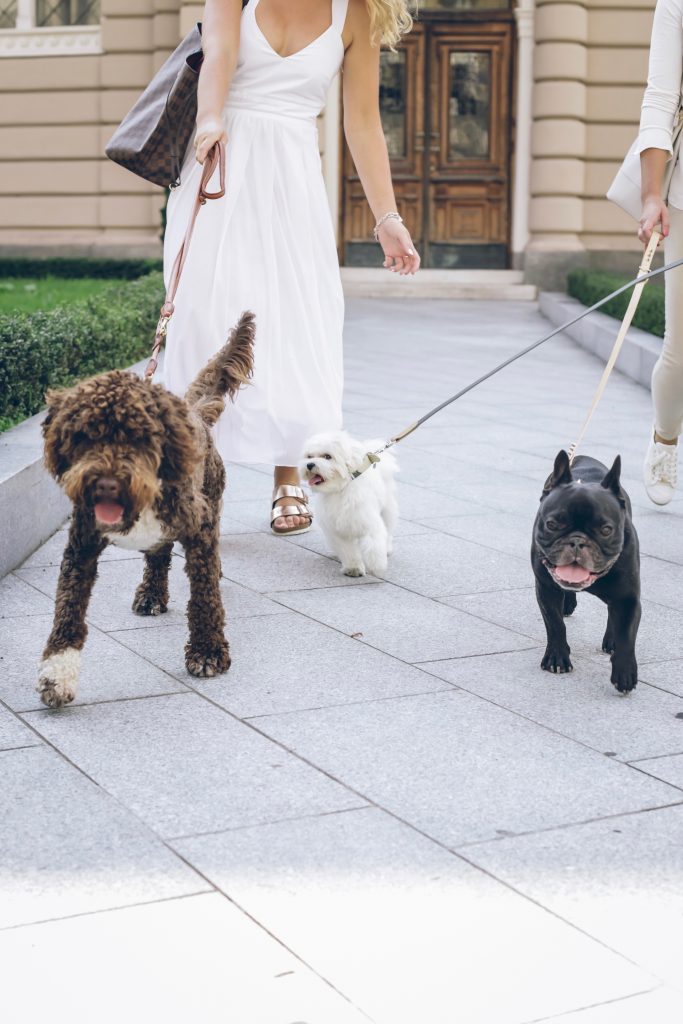
Things to keep in mind when walking dogs for all ages
Dogs of different ages will have different needs, likewise for walks. Here are some things to keep in mind for dogs of different ages when walking them:
For puppies
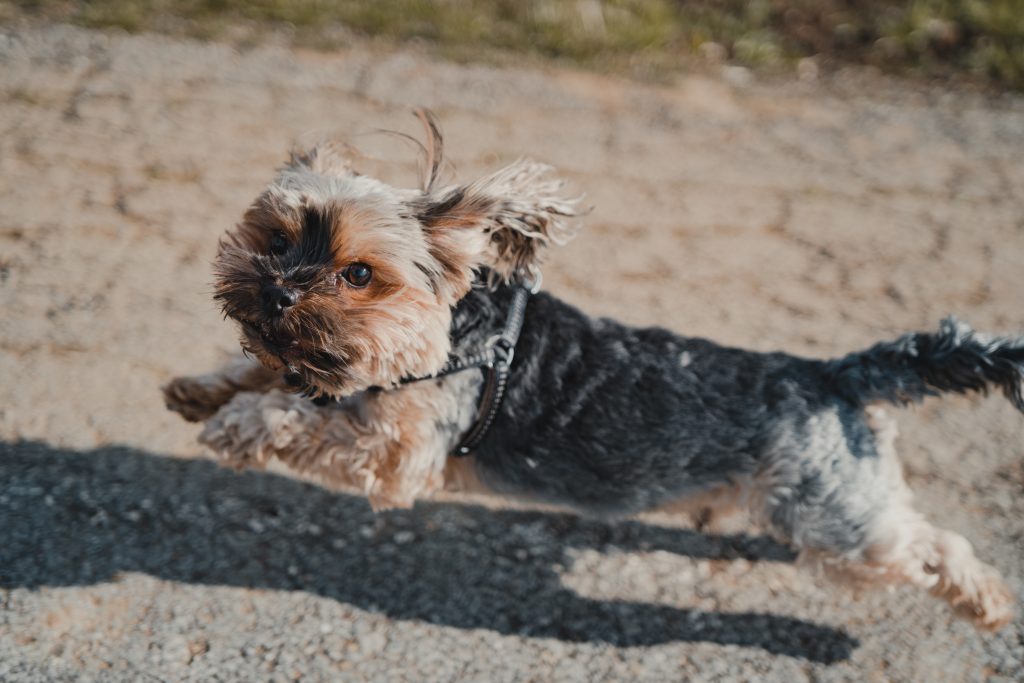
1) Make sure the puppy has all his shots before being taken for a walk.
As soon as you adopt him from a shelter or breeder, you should take him to the vet right away. ie to check and vaccinate for infectious diseases.
2) Early socialization
Your puppy can see the outside world from lying in a basket, carried around by you, right before you start walking him. This is quite important because puppies will learn new things easily at the age of 4-12 weeks. You want your baby to get used to and gain confidence before you start walking.
3) Training your puppy to get used to a leash
This is an important step and good preparation will make your puppy’s first walk easier.
Wearing a collar and getting used to a dog leash will be quite new when your baby tries it for the first time, so let your baby get used to it step by step until he is completely familiar with the walk.
4) Take your puppy for a walk at her own pace
Find a quiet place and let her spend time getting used to it. Some puppies will be very excited to explore new worlds, and some will not be so excited. Let your baby control the pace of the walk and let them be free to stop, smell, and explore their surroundings.
Encourage and reassure your baby in a positive way. It’s guaranteed to be a fun experience that your baby will want to repeat again and again!
5) Don’t walk too far!
It will be hard to resist the urge to go out and go as much as possible. However, keep in mind that your dog needs time to learn how to walk properly, thereby protecting their growing joints and preventing future damage.
6) Protect your puppy’s joints
By avoiding excessive exercise, you will help protect your puppy’s joints from damage. Furthermore, large dog breeds and those genetically predisposed to osteoarthritis are advised against rough play, running up and down stairs, or jumping up and down furniture to avoid unwanted injury. The same goes for going for a walk – move gently and avoid overdoing it!
7) Focus on learning in a positive way
Everything from buses to kids to men with shaggy beards…out there is a big world, and puppies need to learn to get used to. Think about the things your dog has to get used to as he grows up. From there, let your baby get used to it in a positive way – let’s eat lots of treats and play together.
8) Let your baby meet other dogs, but you have to keep the situation under control
Meeting other dogs is important, but making sure it’s positive is just as important. Always talk to other owners before letting dogs get close to each other – not all dogs like being around other dogs, especially if your puppy loves to dance and play. .
9) Use a long dog leash to train your baby to hear the signal to return.
Letting your baby roam freely without a leash is a big step forward. We recommend that you stay in control by putting your baby on a long leash when training your baby to get used to the back command (when he hears the call, he will run back), when he is playing with this command. not always effective. Another way to train is to find a quiet, safe place like a dog zone at the park… or host a dog party in the backyard!
10) Get help if it’s difficult
There is a possibility that your dog will go through a not-so-pleasant experience while walking. However, we owners can control quite a few other things. If something unexpected happens, depending on how bad the situation is, you can contact an animal training specialist for assistance.
For adult dogs
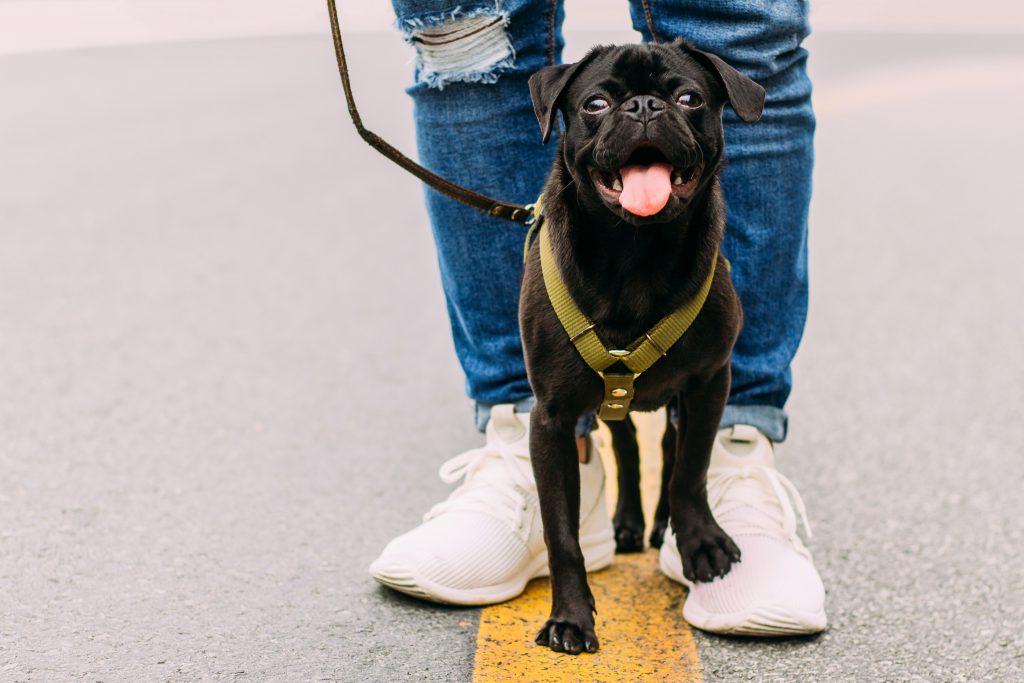
Here are some tips for walking an adult dog:
1) Walk in front of the dog
Walking in front of the dog will make you the leader. Conversely, if the dog goes first, he will be the leader. You should be the first to leave the house and the first to enter the house. Your dog should walk next to or behind you during the walk.
2) Use a short dog leash
This will give you more control over the situation. Fixing the lead to the collar above will make it easier for you to communicate, guide, and change your dog’s direction. If you want to make it even easier, consider buying a good dog collar. Always put your dog’s safety first when changing directions.
3) Take enough time to walk your dog
Like humans, dogs are active during the day, so a morning walk is best. You should spend 30 minutes to 1 hour walking the dog. Every dog’s needs for walking are different. Consult with your veterinarian and observe your dog to assess whether the time and distance of walks is right for your baby.
4) Reward your baby for a walk
After the dog has had enough and leisurely walks, reward him by giving him the freedom to walk and sniff around. It is then up to you to decide when this break is over. This time should be shorter than the time to focus on walking.
5) Always be the leader, even after walking.
When you get home, don’t forget to act as the leader. Have your child wait patiently while you put the dog’s leash or take off his shoes.
6) Reward your baby after a walk
Feeding your baby after a walk, you have taught them the lesson of
“working” in exchange for food and water.
For old dogs
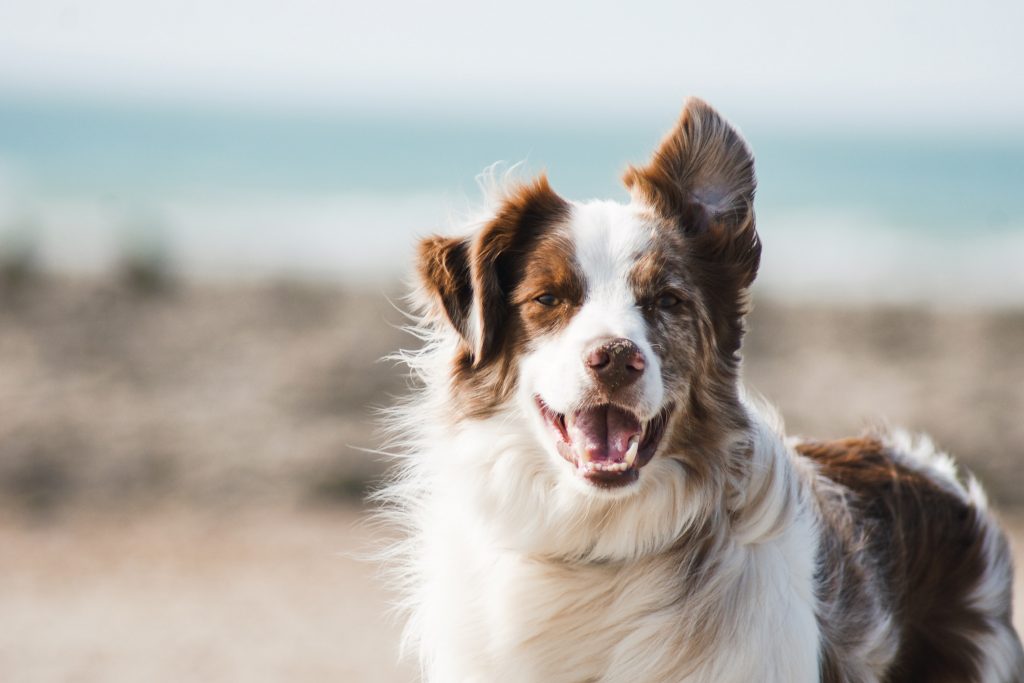
For older dogs, or dogs with health problems, you can use the 6 adult dog tips above BUT it’s best to consult your veterinarian to make sure he doesn’t have arthritis or other problems. other health problems, causing pain when walking.
In case your baby is sick, reduce walking time so that your dog can enjoy movement without pain.
Reasonable time to walk the dog
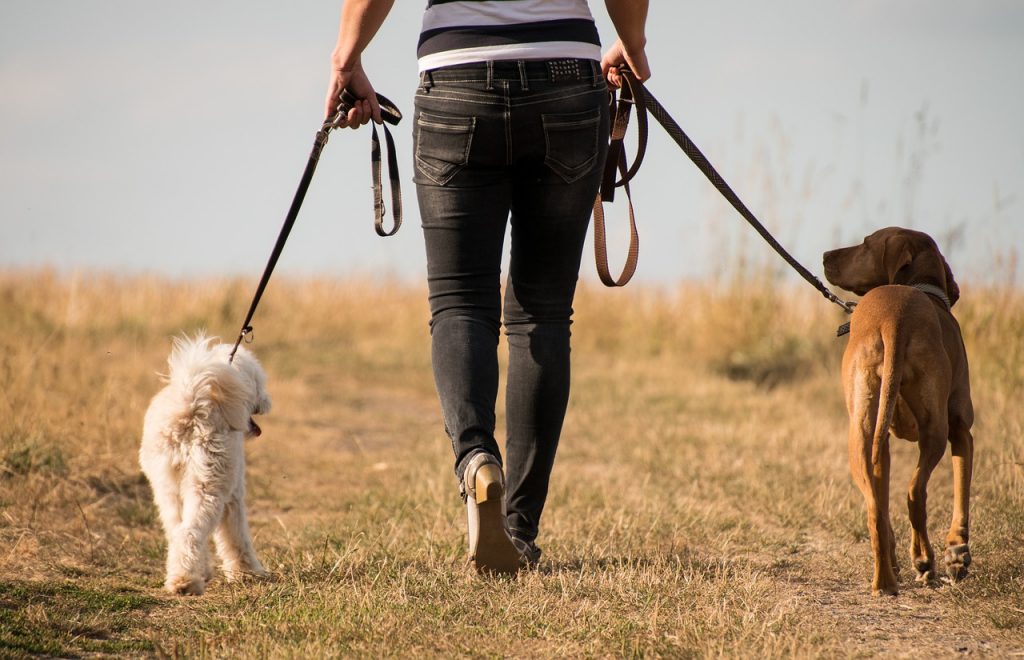
There is no time limit for walking the dog. The frequency of exercise depends on the age, breed, size and health of the dog.
The average healthy dog needs 30 minutes of physical activity each day. Different dog breeds may be less or more than this, you can refer to the dog breed guide for reference.
Walking time for small dogs
Small or very small breed (tea cup): small dogs that do not need much exercise. You can walk them around the block or even to the end of the street, and that should be enough for them.
Walking time for medium-sized dogs
A healthy dog needs 30 minutes of walking every day. Therefore, an average-sized dog walking 30 minutes a day is quite appropriate. You can reduce it a bit if the dog is old or increase it a bit if the baby is a puppy because he has more energy.
Note for breeds with short noses: if the dog has a short nose, for example, Bulldog, he will not need to exercise like other working dogs (such as shepherds). You can take your baby for a gentle walk around the neighbor’s house, that’s enough.
Walking time for large dogs
Large or breed dogs, hunting or working dogs (any size): eg Hounds, Collies, Retrievers, Labradors, and Shepherds. These dogs were bred for work or for their large size, which means they need more physical activity than most. To keep these active dogs healthy, they need at least 30 minutes of vigorous exercise. They also need an hour or two of physical activity like a walk every day.
How far is it appropriate to walk?
Small dogs: 2-5 miles for most dog breeds.
Medium dog: at least 8-10 miles, 5-8 miles for Corgi.
Large dogs: at least 12-15 miles, for giant breeds 20 miles.
When to take the dog for a walk?
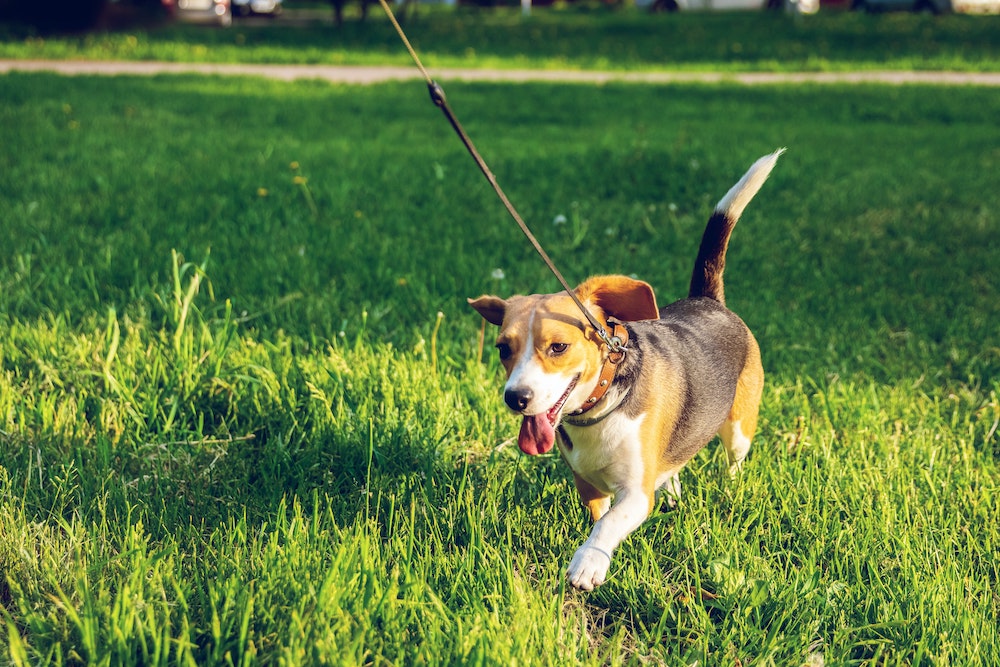
So you should take your dog for a walk in the morning or evening when the temperature is cooler to reduce the risk of your dog getting heatstroke or burning the soles of his feet when walking on cement. Depending on the weather where you live, for example in Tp. HCMC should go for a walk before 8 am and after 4 pm.
On rainy days, you can still take your baby for a walk if the rain is not too heavy. And remember to let your baby wear a raincoat.
Summary
For dogs, walking is very important. If your baby gets enough physical activity, he’ll get bored and want to break things. Going for a walk also helps reduce stress and increase social skills.
Dogs of different ages have similar, different needs for walks. Advice for puppies, adult dogs, and older dogs is also different.
There is no time limit for walking the dog. The amount of exercise depends on the age, breed, size and general health of the dog.
The weather in Vietnam is hot all year round. So you should walk your dog in the morning or evening when the temperature is cooler to reduce the risk of your dog suffering from heat stroke or burning the soles of the feet when exposed to hot cement.